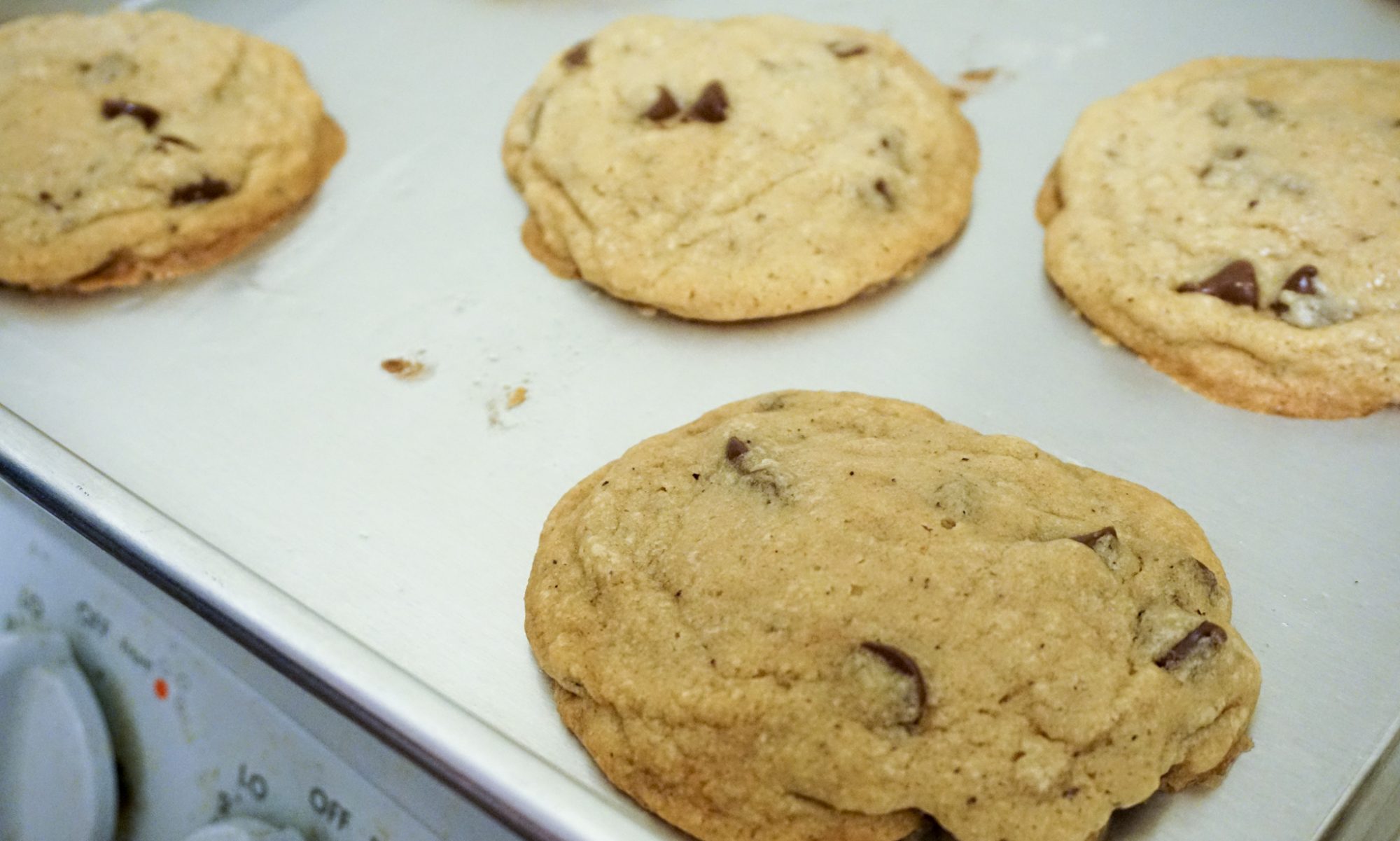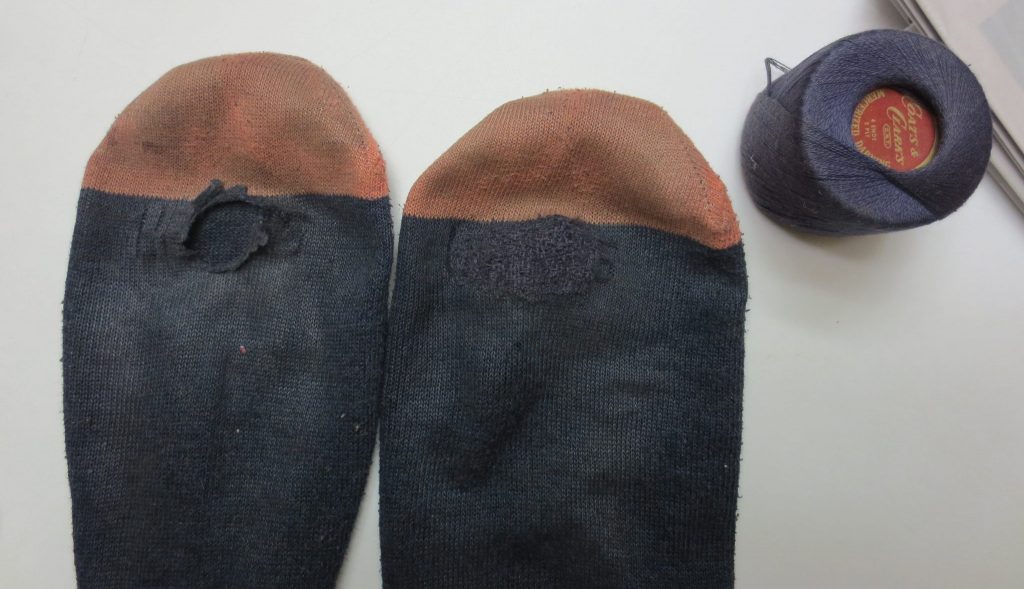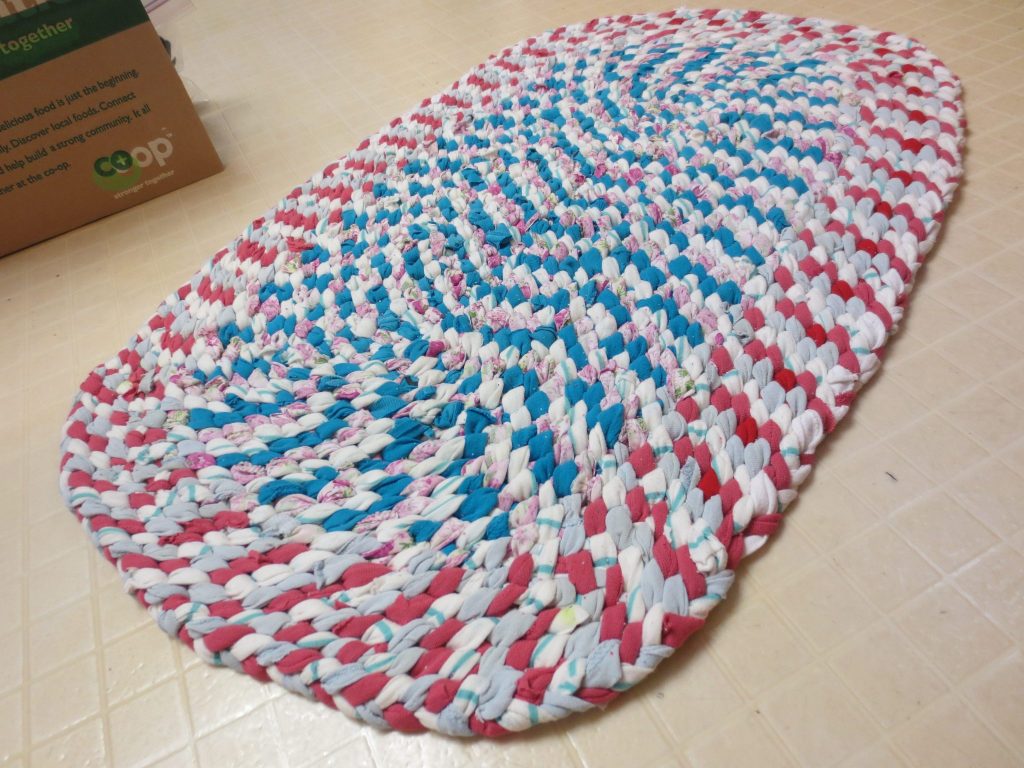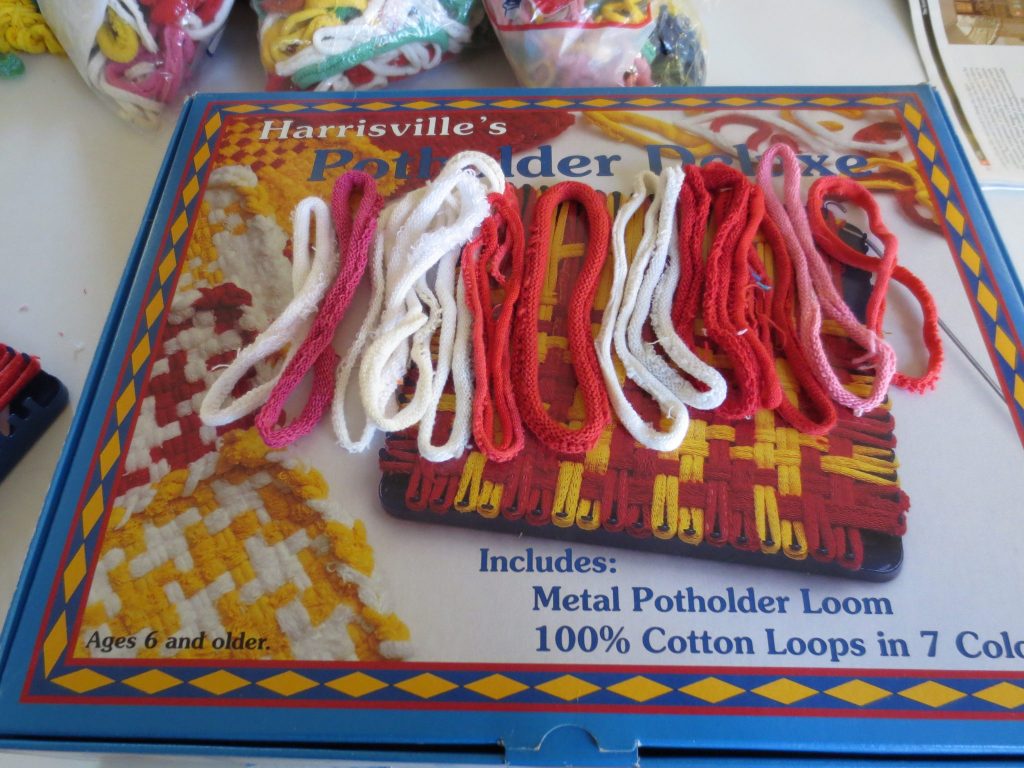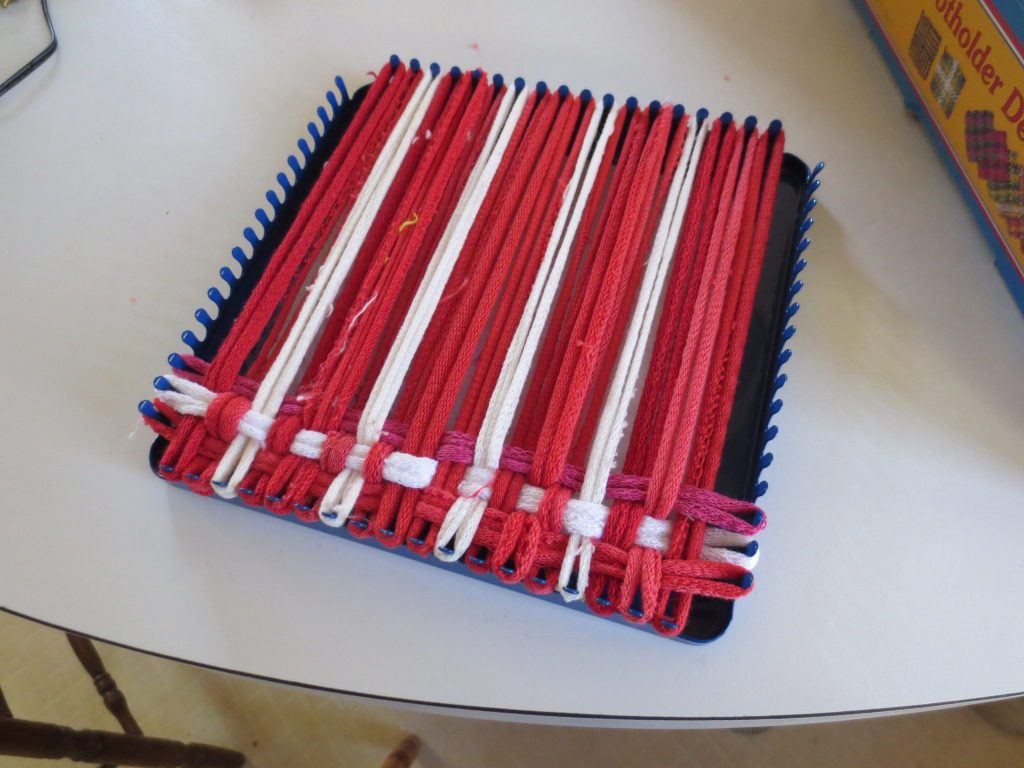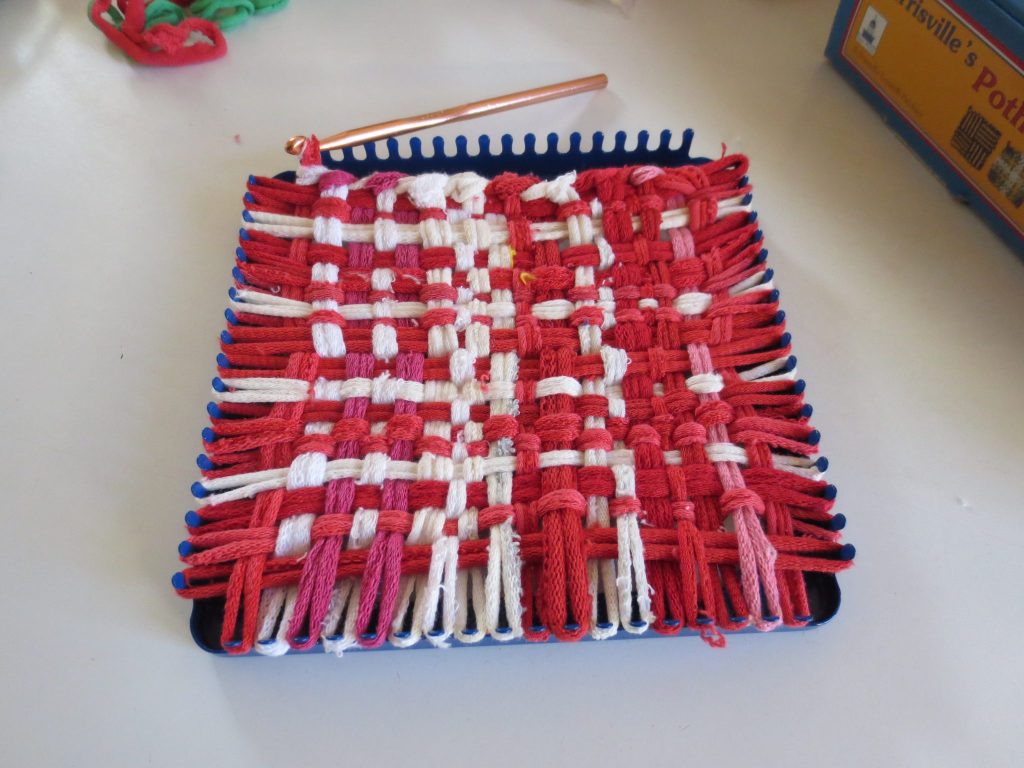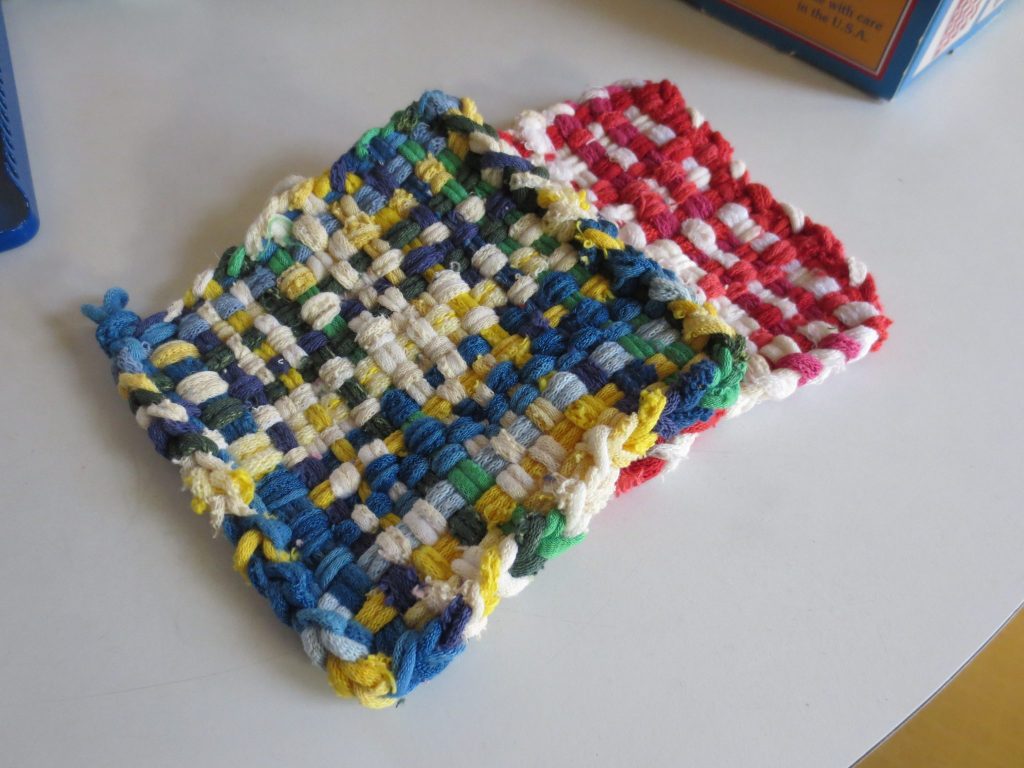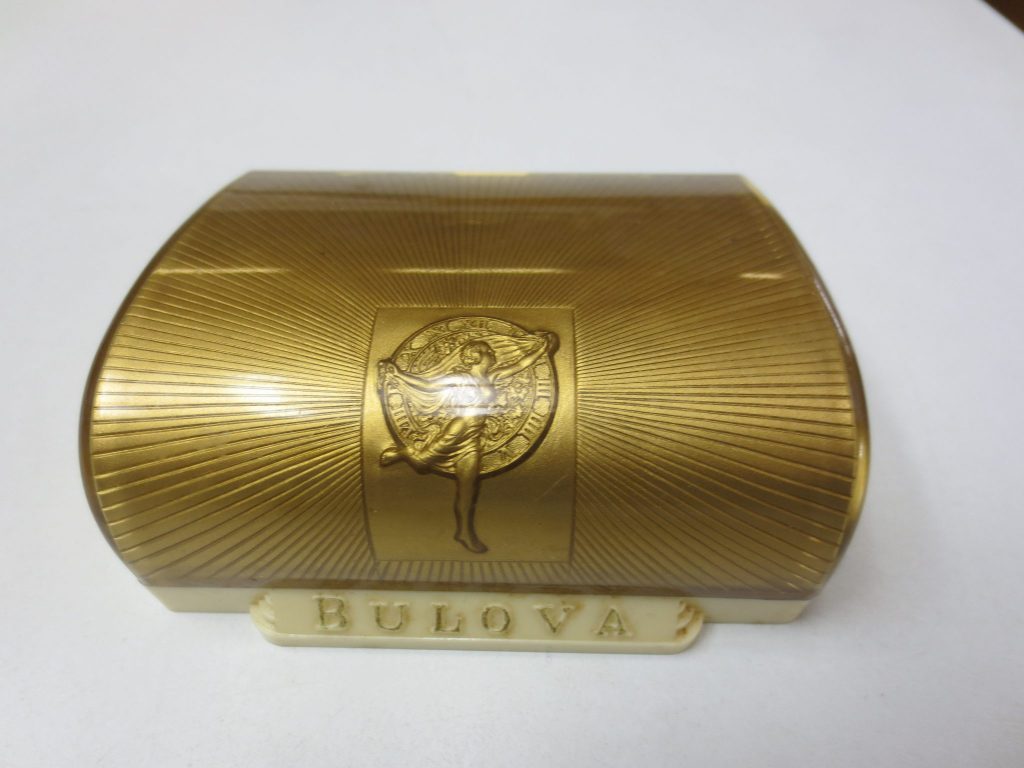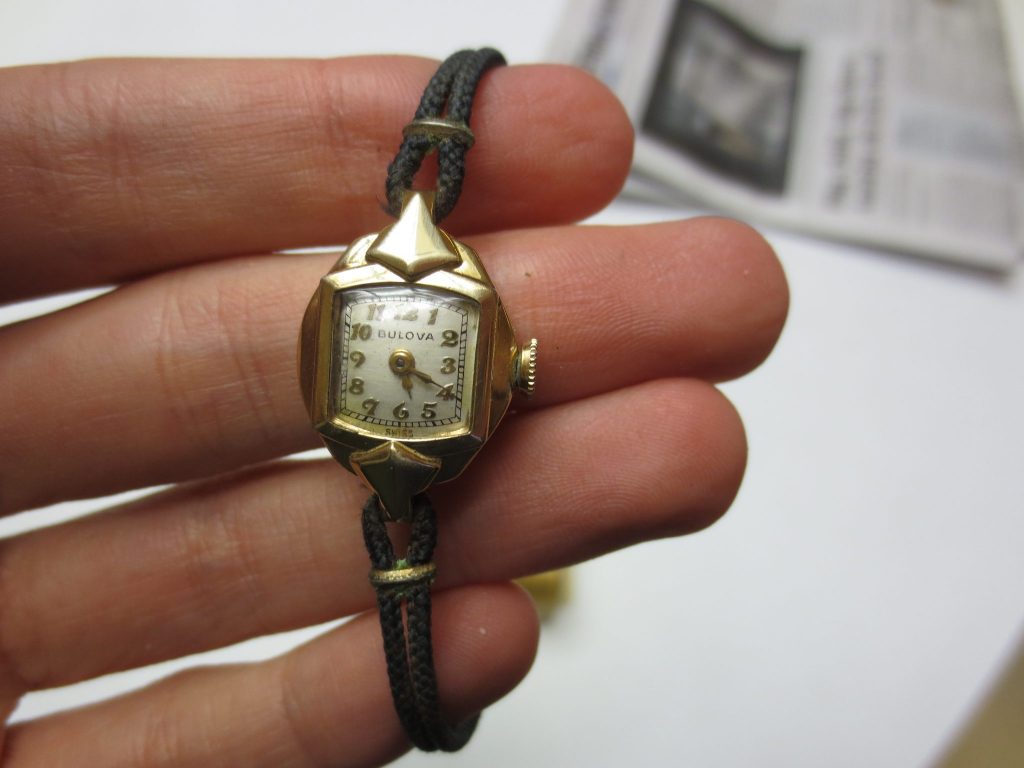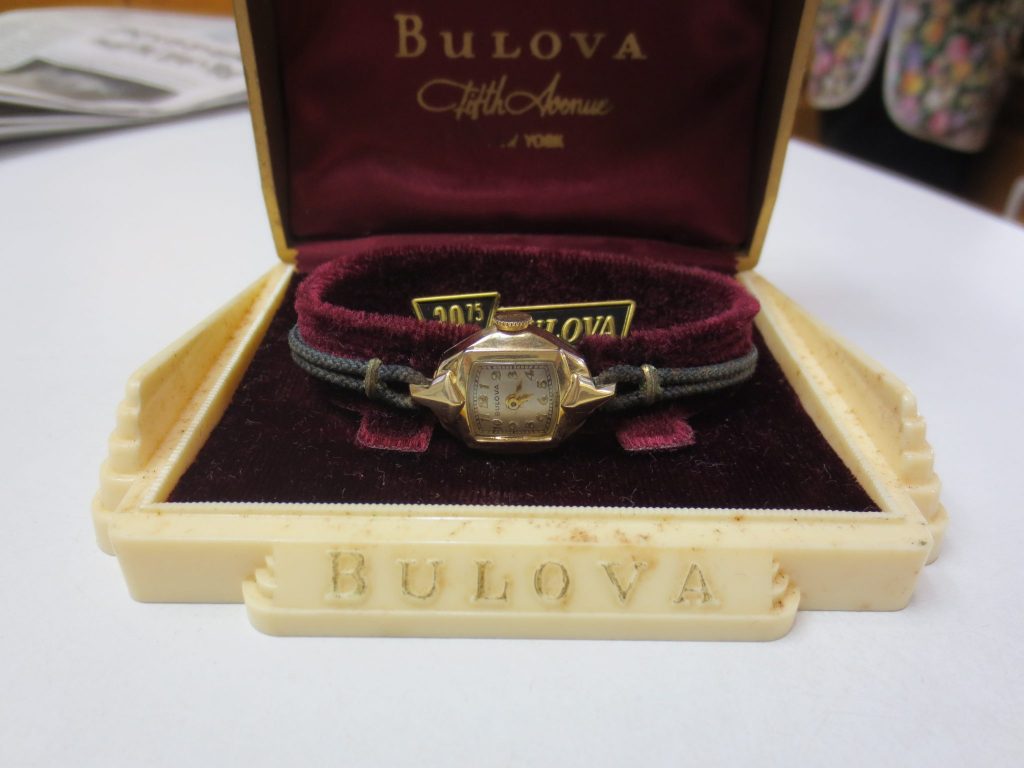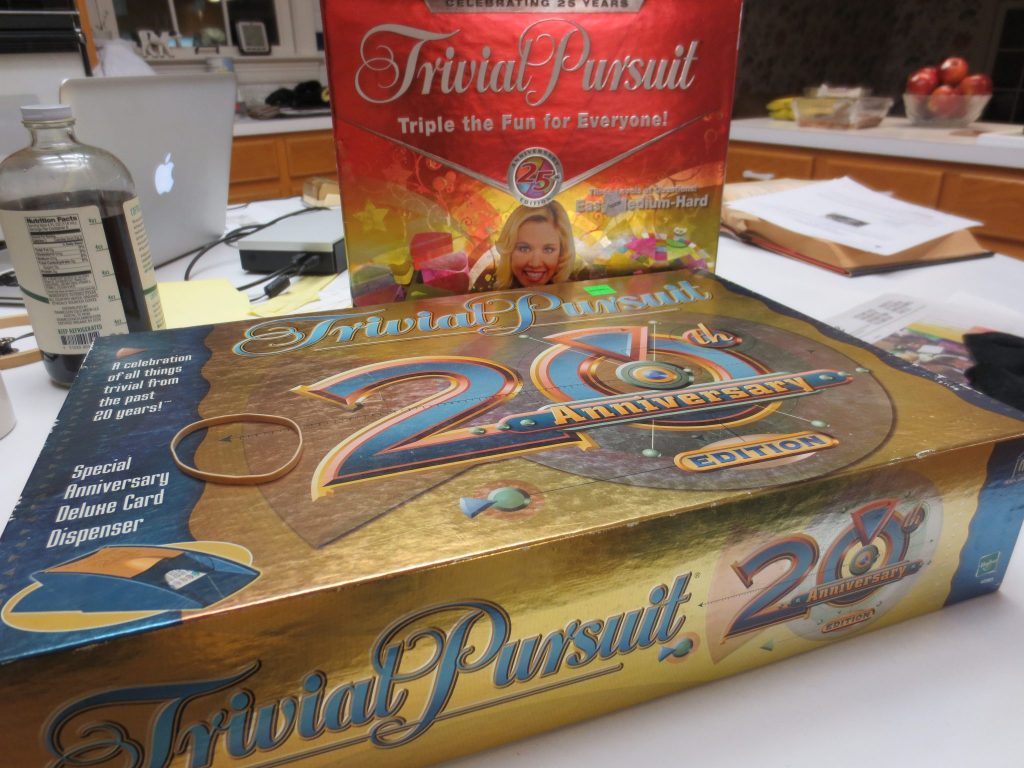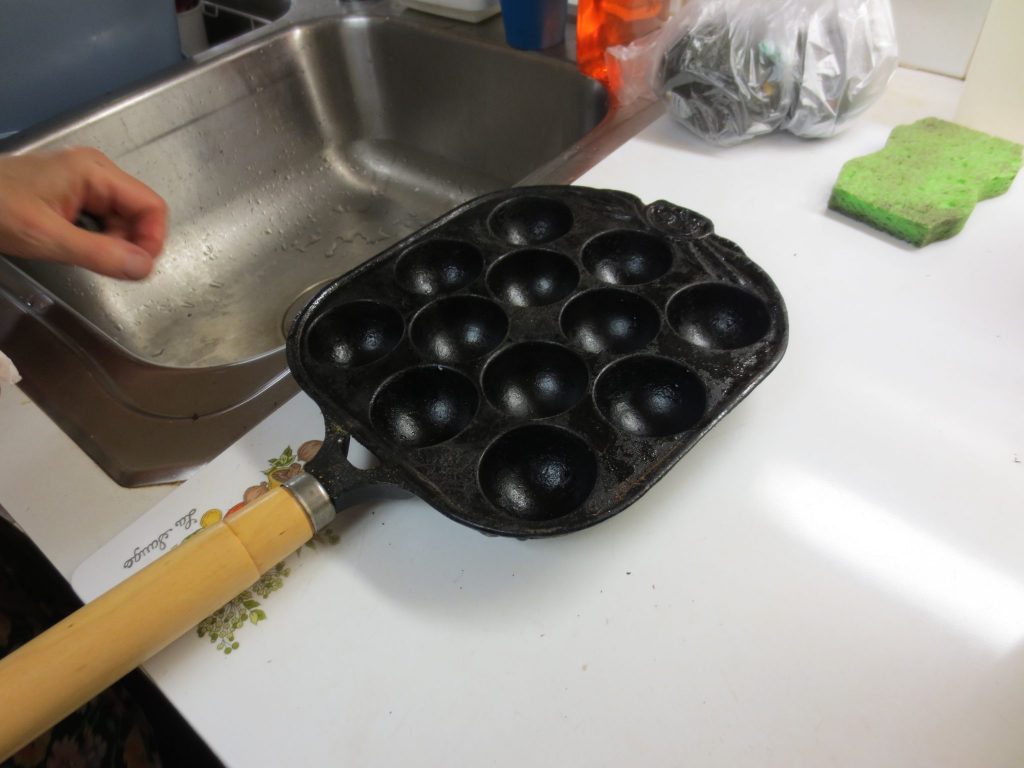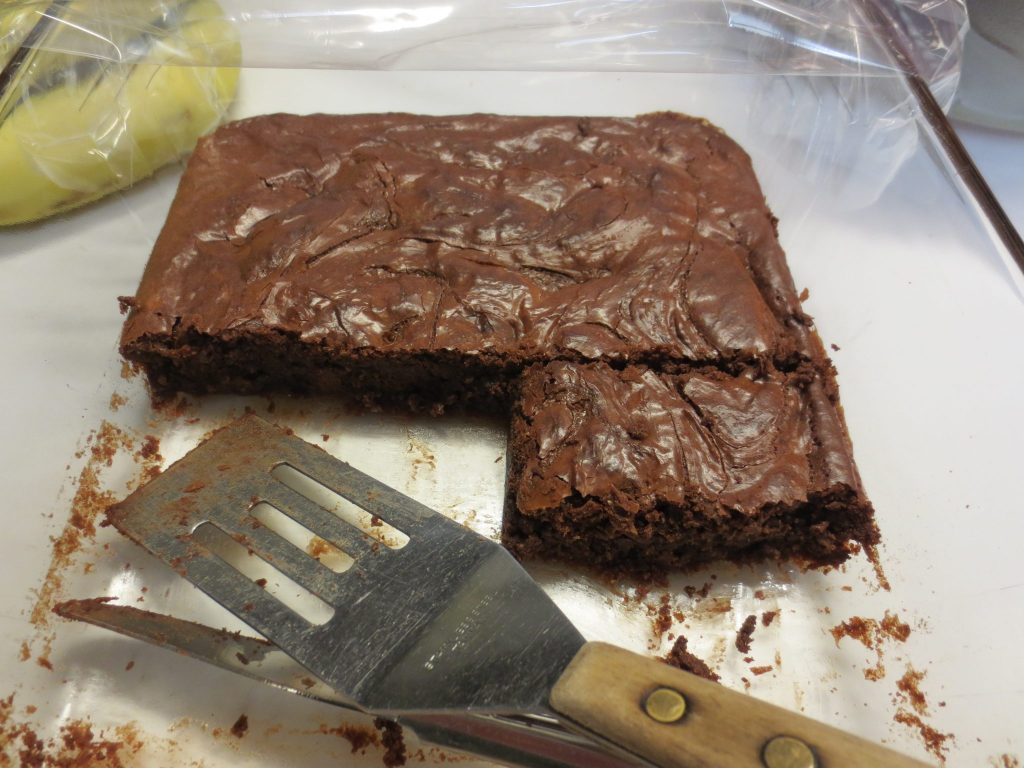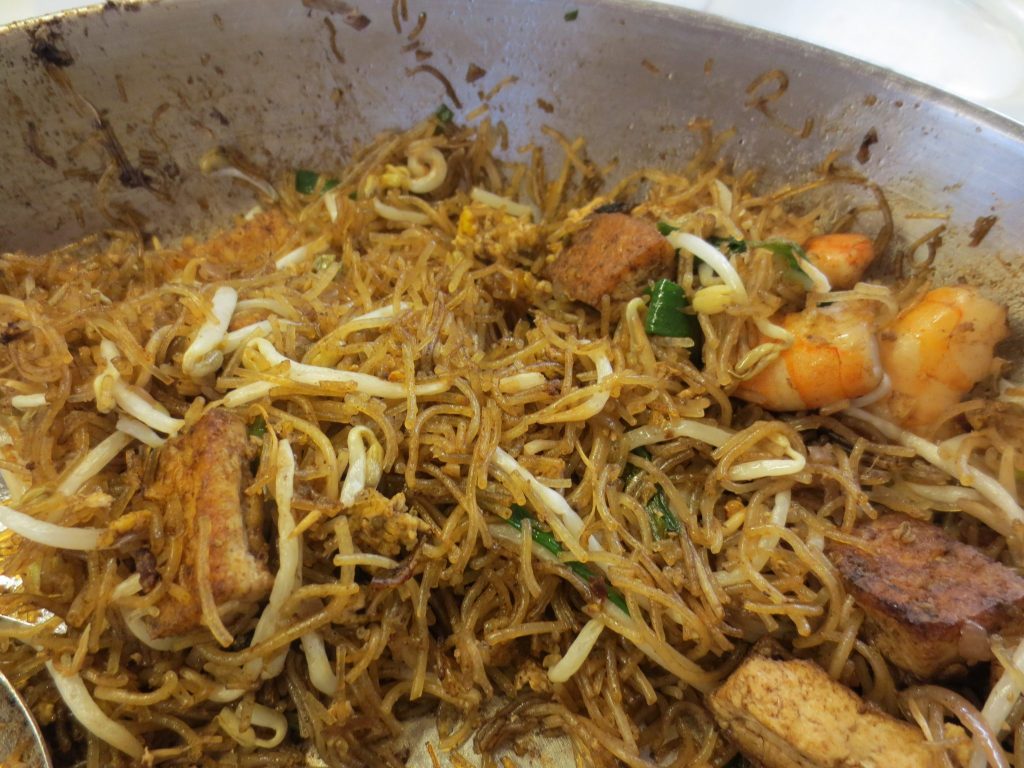We usually think of vanilla as ubiquitous in sweets, but it hasn’t actually been in use for very long. It used to be one of those super expensive tropical extravagances that only the wealthy could afford; the lower class people made do with rosewater (which, ironically, is considered fancier now). My mom originally saw an article on this topic on Atlas Obscura.
Unlike vanilla, you can make rosewater at home! Rosemary Gladstar’s Herbal Recipes for Vibrant Health has instructions on how to make your own. You set up a simple steam distiller. All you need besides that is water and rose petals (forageable!).
Rosewater is used in fancy cosmetics. I don’t know if it actually does anything, but it makes the product smell nice 🙂
